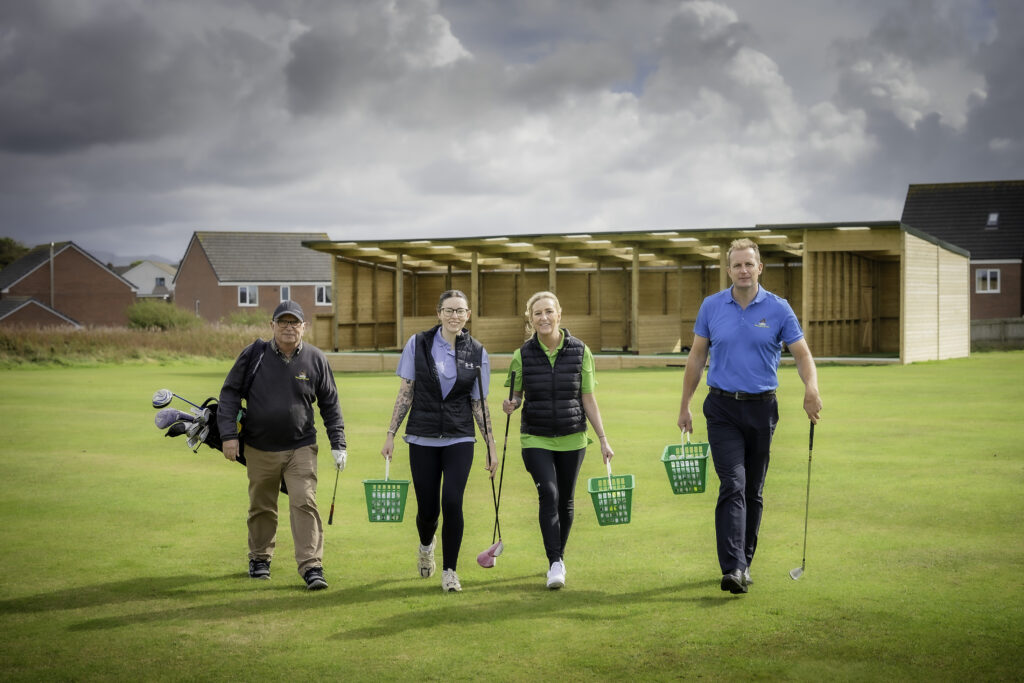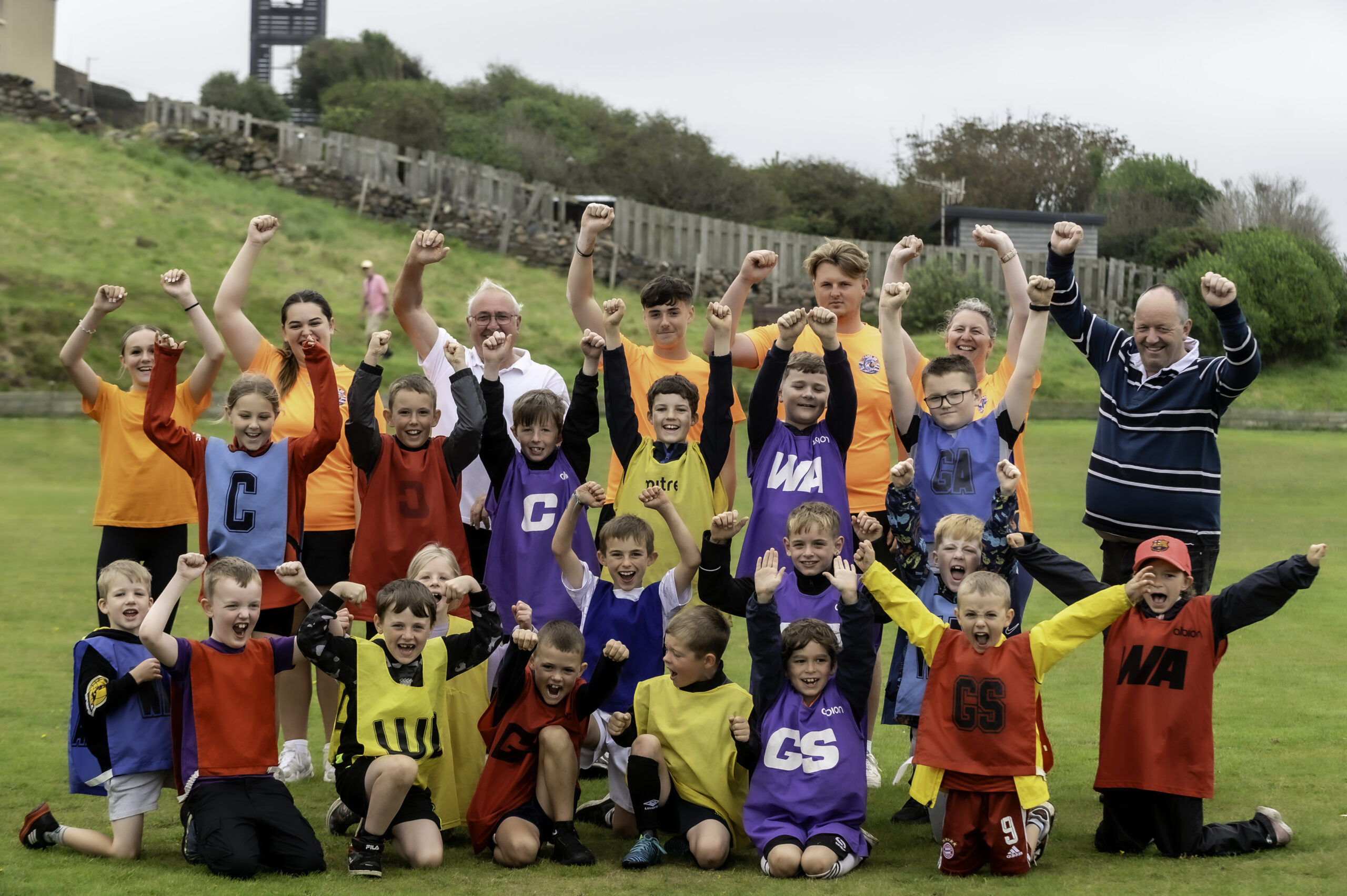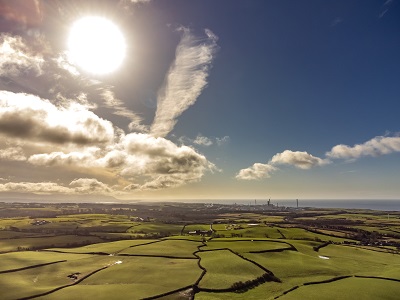£4million Community Investment Funding awarded in Mid Copeland over past four years


The aim of the Mid Copeland GDF Community Partnership is to share information, discuss concerns and find answers to questions its community has about all aspects of the Geological Disposal Facility (GDF) siting process, including what hosting a GDF could mean.
A GDF is an underground facility designed to safely and securely dispose of our most hazardous radioactive waste. It involves building a series of specially designed vaults several hundred metres below ground in suitable, solid rock. Deep disposal combined with engineered barriers keep people and the environment safe.
There is broad international agreement from scientists, governments and technical experts that the safest, permanent way to manage the most hazardous radioactive waste is geological disposal.
A GDF is designed to last and protect people and the environment for hundreds of thousands of years, by keeping the waste isolated from the surface as the radioactivity naturally reduces to safe levels.
The environmental and nuclear regulators – the Environment Agency and the Office for Nuclear Regulation (ONR) – will ensure that a GDF will meet the rigorous standards required for environmental protection, safety and security at all stages of its lifecycle. Put simply, if it can’t be shown to be safe, it cannot be built.
This is a unique project, where the host community will ultimately decide whether they want a GDF developed in their area, and how they could benefit. Cumberland Council can withdraw from the process at any point up until a Test of Public Support is taken.
Two Community Partnerships are active, one in Mid Copeland and one in South Copeland, to explore whether a GDF is right for the area and whether the area is right for a GDF.
The GDF programme requires both a suitable site and a willing community and is still in the early stages. Construction will only start on a GDF when a suitable site is identified, a Potential Host Community has confirmed its willingness to host the facility and all the necessary consents and permits have been obtained.
These steps could take around 15 years.
A GDF could be ready to receive the first waste in the 2050s. Filling a GDF with waste and then closing it, once full, will run into the next century.

Community Investment Funding of up to £1 million has been made available for the Mid Copeland GDF Community Partnership as it participates in the siting process for a Geological Disposal Facility (GDF).
We’re open to applications from community groups, public sector organisations and businesses that want to do something to benefit the community. And if you’re not sure where to start, don’t worry, we’re here to help, so just get in touch with us.